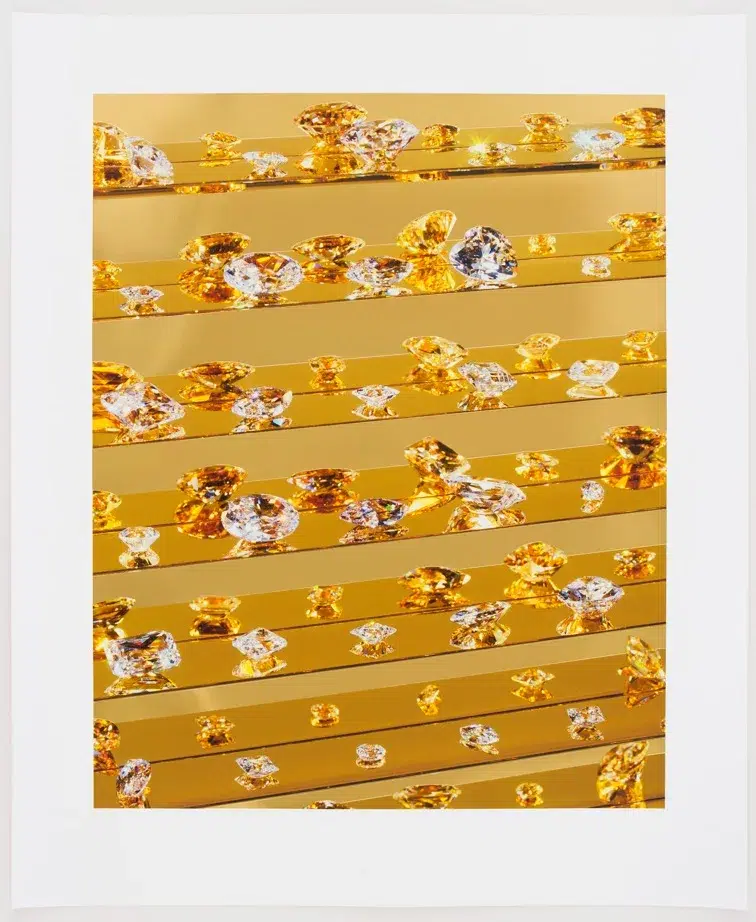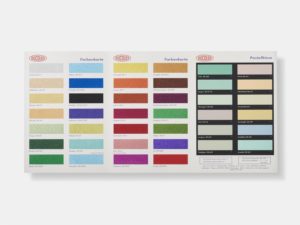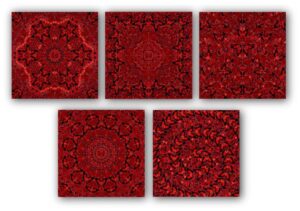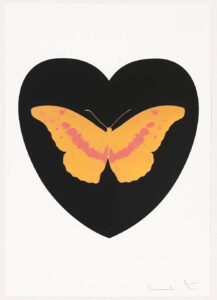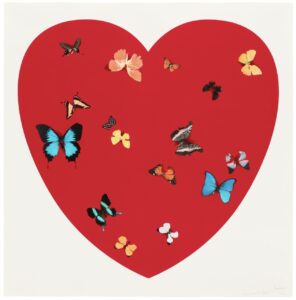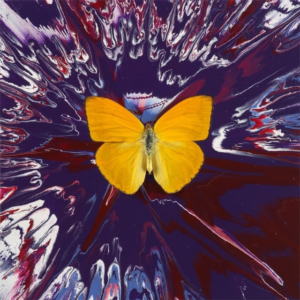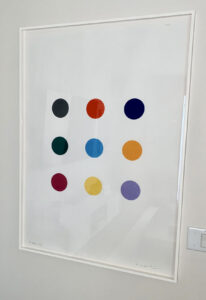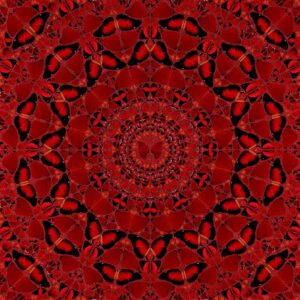Gold Tears, 2012
Signed and numbered
From an edition of 55
34.1 × 28 inches (86.5 × 71 cm.)
All works are inspected prior to delivery, work will be sent out tracked and insured at buyers cost. If you'd like to make specific arrangements or discuss collection then please contact us directly.
Accepted: Wire transfer
ART PLEASE Assurance Policy: Every ART PLEASE seller has been approved by ART PLEASE after a thorough review. All of our sellers are required to accept the following ART PLEASE policy: A buyer may return an item purchased through ART PLEASE, if the item received is not as described in its listing, or is found to be unauthentic.
Damien Hirst, one of the most prominent and controversial figures in contemporary art, is best known for his provocative exploration of themes such as mortality, value, and the intersections of art, science, and religion. As a leading member of the Young British Artists (YBAs) in the 1990s, Hirst’s works have ranged from preserved animals in formaldehyde to intricate medical cabinets and spot paintings. His fascination with life, death, and the human condition is central to his artistic practice, often challenging the viewer to confront uncomfortable truths about existence and consumerism. Hirst’s ability to blend conceptual depth with striking visual aesthetics has cemented his place as one of the most influential artists of his generation.
In Gold Tears (2012), Hirst continues to explore themes of beauty and impermanence. This piece, measuring 34.1 × 28 inches, is an inkjet print with glaze and foilblock, created in an edition of 55. The shimmering gold tears, rendered in foil, create a stark contrast to the inkjet background, suggesting a tension between luxury and sorrow. The work may evoke themes of wealth, excess, and loss—recurring motifs in Hirst’s oeuvre. By combining traditional printing techniques with luxurious embellishments like foil and glaze, Gold Tears merges high art with commercial aesthetics, prompting reflections on the value we assign to material and emotional experiences. This work, like much of Hirst’s output, invites viewers to contemplate the fleeting nature of life and the often superficial pursuit of beauty and wealth.


